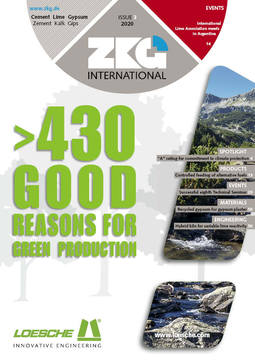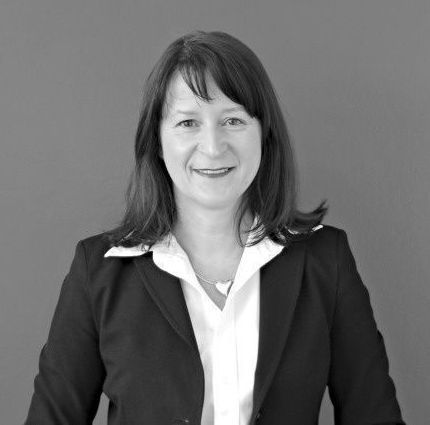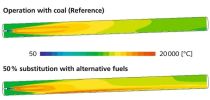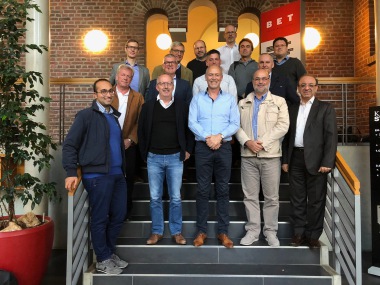“Alternative fuels, emissions” – the hot topics of the cement industry
Everyone in our industry is currently dealing with the subject of “alternative fuels” in some form. Or with the topic “emissions”. Or with both ...
These topics are prime examples of process optimization because they not only explain the motivational situation, but often painfully illustrate the interconnection of causes and effects. And here, too, it has been confirmed over the past decades: learning is often painful, but it helps us moving forward. What we have learned: What is considered alternative fuel today may be noble fuel tomorrow (see petroleum coke), secondary fuel does not necessarily increase pollutant emissions (AF with high volatile content reduces NOx), wood burns well in the fireplace – and often too long in the calciner ...
Corresponding to the weight of this topic, the cement producers have meanwhile built up excellent competencies and, in some places, noticeable capacities. In the cement and lime industry, the level of knowledge is now world-leading, from the availability to the procurement of residual materials, the processing and the associated logistics, as well as the storage, handling and dosing of often completely different alternative fuels. But why are there still massive problems with the use of AF in cement kilns in so many cases?
Because the maximum applicable feed rate is ultimately limited by the combustion of these substances, which are often sluggish to ignite and burn out. The bottleneck is not in the procurement, storage or handling of the AF, but in the intended release of thermal energy at the designated place in the kiln so that there are neither operational nor quality problems. To have this under control, the pyro process must be controlled and mastered while using difficult, often coarse, alternative fuels. What good is the whole investment in storage silos, conveyor belts and injection equipment if the substitution rate falls short and the investment does not pay off?
Modern methods and experience can help to design the equipment and the process of such a project beforehand, so that optimization and feasibility testing ensure the project‘s success in advance.
Best regardsMatthias Mersmann





